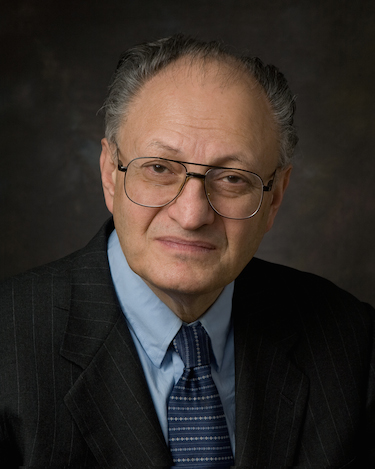It’s not an exaggeration to credit George Feldstein with helping create the AV industry as we know it today. For nearly 50 years, Crestron’s founder engineered solutions that improved the way people live and work, helping to broaden, heighten and grow an industry to become a part of the lives of many people.
George Feldstein
“He worked tirelessly to solve challenges, make the best solutions, hire good people and provide the best customer and technical support,” stated Randy Klein, who succeeded Feldstein as CEO in early 2014. “The industry owes its livelihood to him. We’ve grown and thrived as a result of George’s vision and leadership. His legacy will continue, as his contributions to the AV industry are immeasurable.”
From an early age in New York City, Feldstein was fascinated by technology. At age 12, he earned his radio amateur license, then built all types of radio transmitters and receivers. He won a city-wide science contest in the physics category as a 15-year old, and he went on to earn his bachelor’s and master’s degrees in electrical engineering from NYU.
When he was in his 30s, Feldstein was unemployed, with four children, a house, a mortgage, and “an old car.” He was at a career crossroads, and instead of going to work for another company he chose to start his own. From that modest start, he founded Crestron Electronics in 1972. By the time he died late last year at the age of 73, he had amassed 50 patents, and Crestron, with approximately 2,500 employees worldwide and $400 million a year in business, could be credited for major innovations that have changed and shaped the audio/video industry.
“Like all entrepreneurs, he had passion, drive and tenacity,” said Klein, who worked with Feldstein for 25 years. “No matter how difficult the problem, he would never quit. He always found a way around the obstacles to eventual success.”
Feldstein, Klein added, also understood his customers. “Even though he was an engineer, he was also a good business person,” he added. “He never lost sight of why we were doing what we were doing. He gave them what they wanted—sometimes even before they knew they wanted it. He didn’t stay in the lab. He went to every trade show and stood on the floor. He listened to every conversation. Asked everyone he could, ‘What do you think about this product?’ He wanted to know what customers thought. He wanted to know their challenges, so he could create a solution.”
Jeremy J. Glowacki is editorial director of Residential Systems and SCN.
See All 2015 SCN Hall of Fame Inductees Here.










